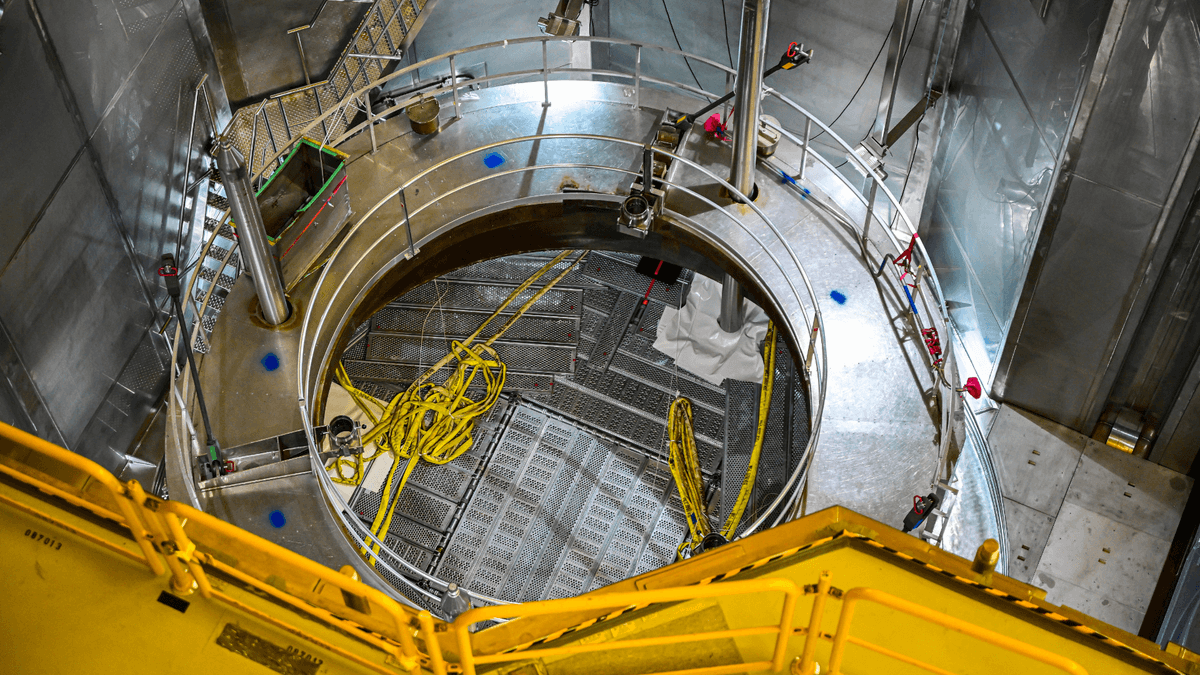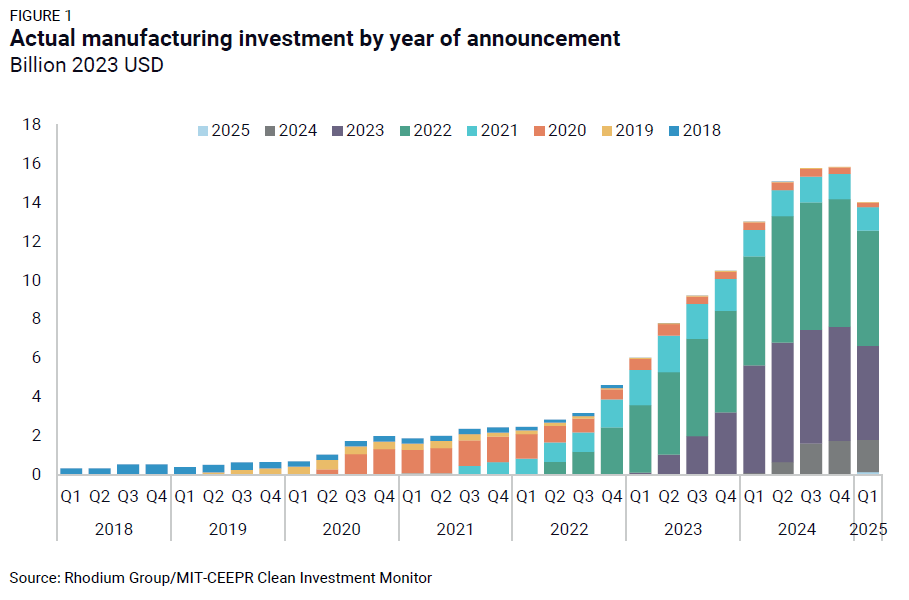OpenAI Halts Open-Source AI Launch Indefinitely Amid Heightened Safety Focus
A Watershed Moment in AI Deployment
The abrupt postponement of OpenAI’s next-generation open-source artificial intelligence system marks a pivotal shift in how leading AI labs approach the governance of emerging technologies. Initially scheduled for imminent release, the model’s public debut has been shelved without a revised timeline, as announced by OpenAI’s leadership. This decision underscores the increasing complexity and responsibility associated with deploying AI systems that offer broad community access and modification capabilities.
OpenAI’s move is especially notable given the intensity of global competition among top-tier AI labs, including Google DeepMind, Anthropic, and emerging open-source initiatives from Chinese firms like DeepSeek. Unlike previous closed-source releases which only permitted limited interaction, the forthcoming open framework was engineered to empower users with unprecedented flexibility, enabling independent experimentation and customization far beyond what was previously available.
The repeated delays reflect a maturing stance among technology leaders: breakthroughs in artificial intelligence are no longer judged solely by their technical prowess, but also by the thoroughness of their safeguards. OpenAI’s CEO has communicated clearly that additional safety tests and risk analyses are not just procedural, but essential to ensuring the technology can be trusted at scale—particularly when core code and model parameters are made available for local use and modification by any third party.
Origins and Milestones in Open-Source AI
Open-source AI models have rapidly evolved from academic curiosities to foundational infrastructure for the digital economy. Early open models, such as those developed within academic labs or by nonprofit organizations, were often limited to narrow use cases or required significant computational resources. As the field matured, open-source frameworks became synonymous with innovation, transparency, and community-driven development.
OpenAI’s trajectory has mirrored this evolution but also charted its own course. The organization initially gained prominence with the release of GPT-2, which was open-sourced only after careful deliberation due to concerns about misuse. Subsequent models, notably GPT-3 and GPT-4, were rolled out with increasingly stringent controls, limiting access and customization in favor of centralized oversight and risk management.
The forthcoming open model represents a return to the roots of open-source development—but with all the sophistication and power of modern AI. It is intended to offer direct access to model weights and architecture, allowing developers to tailor the system for specific applications. This approach not only democratizes AI development but also amplifies the potential for both creative and unintended outcomes once the system is distributed widely.
Core Terminology and Technical Considerations
Key terms in this context include “model weights”—the mathematical parameters that dictate how an AI system processes information—and “open-source,” which denotes software whose code is freely available for modification and redistribution. “Local use” refers to the ability to run the model on private hardware, independent of centralized cloud services, granting end users greater control but also increased responsibility.
OpenAI’s decision to delay hinges on these technical and ethical dimensions. Once model weights are released into the public domain, they cannot be recalled, and any vulnerabilities or unintended behaviors become community property. This reality places extraordinary pressure on developers to preemptively identify and mitigate risks, from algorithmic bias and misinformation to potential misuse in sensitive or regulated domains.
Other pivotal concepts include “safety testing,” which involves rigorous evaluation of how the model performs under diverse conditions and usage scenarios, and “risk assessment,” the process of identifying and prioritizing potential harms before deployment. These practices are central to ensuring that advanced AI systems align with societal expectations and regulatory frameworks.
Industry Impact and Competitive Landscape
The indefinite hold on OpenAI’s open-source launch reverberates across the AI industry, affecting both developers and competitors. While some in the developer community express frustration at the wait, others recognize the necessity of such precautions in an era where AI’s influence spans media, healthcare, finance, and beyond. The decision signals a broader trend: as AI capabilities expand, so too does the imperative for caution.
In the competitive arena, OpenAI’s hesitation may open doors for rival organizations—especially those championing open, collaborative approaches. Chinese initiatives, for example, have already made significant strides in open-source AI, fostering vibrant ecosystems that emphasize transparency and rapid iteration. OpenAI’s measured pace, however, could ultimately set a new standard for responsible innovation, raising the bar for what communities expect from AI stewards.
The stakes are high for all parties: industry leaders must balance the demand for innovation with the imperative to safeguard public trust. OpenAI’s approach—marked by transparency about its process and unwavering commitment to safety—may redefine how transformative technologies are introduced and adopted worldwide.
Key Milestones and Turning Points
This announcement is not the first time OpenAI has adjusted its release strategy in light of evolving risks. The organization’s track record includes well-publicized pauses and controlled rollouts, reflecting an ongoing commitment to responsible stewardship. The current delay is the latest in a series of calculated decisions designed to ensure that each new AI milestone advances the field without compromising safety or public confidence.
From GPT-2 to the present, OpenAI’s release cadence has been shaped by both internal assessments and external pressures. Regulatory scrutiny, media attention, and community feedback all play roles in shaping timelines and access protocols. The indefinite postponement of the open-source model is a recognition that some challenges—particularly those related to misuse and unforeseen consequences—require more time and resources to address than initially anticipated.
The implications of this decision extend beyond OpenAI’s business strategy. It signals to the wider technology sector that leading organizations are taking seriously the dual mandate of innovation and accountability. As AI becomes more powerful and pervasive, the methods by which it is developed and distributed will be subject to ever-greater scrutiny—and rightly so.
Looking Ahead: Rigorous Standards and the Future of AI
OpenAI’s commitment to delaying release until rigorous standards are met is a forward-looking stance with far-reaching consequences. The organization is not merely responding to immediate concerns but is also laying groundwork for future models and platforms. By prioritizing thorough evaluation and community input, it aims to build systems that are not only technically advanced but also robust, reliable, and aligned with the public good.
The indefinite timeline for the open-source model suggests that the bar for public release is now higher than ever. Developers, researchers, and industry observers will be watching closely for updates, but the message is clear: readiness is more important than speed, and trust is earned through demonstration of care and responsibility.
For the broader field of machine learning and generative intelligence, OpenAI’s actions set a precedent. Other labs may follow suit, recognizing that the risks of premature deployment outweigh the benefits of being first to market. The end result could be an industry-wide shift toward more thoughtful, deliberate approaches to AI development—one that balances ambition with caution and innovation with integrity.
Semantic Keywords and SEO Considerations
To maximize visibility in search engines and engage readers, this report leverages a range of semantically related keywords. These include “open-source AI model,” “model weights,” “local AI deployment,” “risk assessment,” “safety testing,” and “responsible AI development.” The integration of these terms ensures that the content not only addresses the current news but also connects with the broader trends and concerns shaping the future of artificial intelligence.
By weaving these concepts throughout the article, the narrative remains tightly focused on the core message while optimizing for organic search performance. This approach supports discoverability among developers, researchers, and technology decision-makers seeking insights into the latest developments in AI governance and innovation.
In summary, OpenAI’s indefinite postponement of its open-source artificial intelligence system is more than a routine delay—it is a statement about the evolving nature of AI development in a fast-moving, highly competitive, and increasingly scrutinized environment. The organization’s commitment to safety and responsible stewardship may ultimately become its most lasting contribution to the field.
Conclusion
The evolving landscape of artificial intelligence is characterized by rapid progress, intense competition, and growing accountability. OpenAI’s decision to indefinitely pause the launch of its open-source AI model reflects a nuanced understanding of these dynamics. It underscores the need for comprehensive risk assessment, robust safety testing, and clear commitment to ethical standards as foundational elements of modern AI development.
As the industry matures, the criteria for public release of advanced AI systems will continue to evolve. OpenAI’s measured approach—prioritizing safety and trust over speed and spectacle—may well serve as a blueprint for responsible stewardship in the years ahead. The coming months will be critical in determining whether this precedent leads to a new era of more deliberate, community-oriented innovation in artificial intelligence.

.jpg)
.jpg)
.jpg)
.jpg)
.jpg)






